In the realm of construction, innovation constantly pushes the boundaries of design, durability, and sustainability. One such innovation that has gained significant traction in recent years is the use of tube steel buildings. These structures, characterized by their use of hollow steel tubes as primary structural elements, offer a plethora of advantages over traditional building materials and methods. From commercial warehouses to residential homes, tube steel buildings have become a preferred choice for architects, engineers, and developers alike.
Understanding Tube Steel Buildings
Tube steel buildings, also known as steel tube framing or hollow structural section (HSS) buildings, utilize steel tubes in various shapes and sizes as the main structural components. These tubes can be circular, square, or rectangular in cross-section and are typically fabricated from high-strength carbon steel. The hollow nature of these tubes provides excellent strength-to-weight ratios, making them ideal for supporting heavy loads while minimizing material usage.
Advantages of Tube Steel Buildings
Strength and Durability:
One of the primary advantages of tube steel buildings is their exceptional strength and durability. The inherent properties of steel, coupled with the efficient design of hollow tubes, result in structures that can withstand extreme weather conditions, seismic activity, and other environmental stresses. This makes tube steel buildings highly resilient and long-lasting, with minimal maintenance requirements over their lifespan.
Design Flexibility:
Tube steel buildings offer architects and designers unparalleled flexibility in creating unique and innovative structures. The versatility of steel tubes allows for a wide range of architectural forms and configurations, from sleek modern designs to more traditional aesthetics. Additionally, the lightweight nature of steel tubes enables the construction of large clear-span spaces, eliminating the need for interior support columns and maximizing usable floor area.
Speed of Construction:
Compared to traditional construction methods, tube steel buildings can be erected much more quickly due to their prefabricated nature. The components are fabricated off-site to precise specifications, ensuring high quality and consistency, and then assembled on-site with ease. This accelerated construction process translates to shorter project timelines, reduced labor costs, and earlier occupancy for building owners.
Cost-Effectiveness:
Despite initial perceptions of higher upfront costs, tube steel buildings often prove to be more cost-effective in the long run. The durability and low maintenance requirements of steel result in lower lifecycle costs compared to alternative building materials. Additionally, the efficient use of materials and streamlined construction process contribute to overall project savings, making tube steel buildings a financially attractive option for developers and investors.
Sustainability:
Steel is inherently recyclable, making tube steel buildings a sustainable choice for environmentally conscious projects. The recyclability of steel reduces the demand for raw materials and minimizes waste generation during both construction and demolition. Furthermore, the energy efficiency of steel buildings can be enhanced through the use of insulation, high-performance glazing, and other sustainable building technologies, resulting in reduced energy consumption and lower carbon emissions over the building’s lifecycle.
Applications of Tube Steel Buildings
Tube steel buildings find applications across a wide range of sectors, including:
Commercial and Industrial:
Warehouses, manufacturing facilities, distribution centers, and retail outlets benefit from the strength, flexibility, and cost-effectiveness of tube steel buildings.
Residential:
Tube steel construction is increasingly being embraced in residential construction, offering modern, energy-efficient homes with open floor plans and customizable designs.
Institutional:
Schools, hospitals, and other institutional buildings can benefit from the durability, speed of construction, and long-term cost savings of tube steel structures.
Infrastructure:
Bridges, walkways, and other infrastructure projects often utilize tube steel components for their strength, durability, and aesthetic appeal.
Tube steel buildings represent a paradigm shift in modern construction, offering unparalleled strength, versatility, and sustainability. From soaring skyscrapers to humble homes, the applications of tube steel construction are virtually limitless. As the construction industry continues to evolve, tube steel buildings are poised to play a central role in shaping the built environment of the future, embodying the principles of innovation, efficiency, and sustainability.

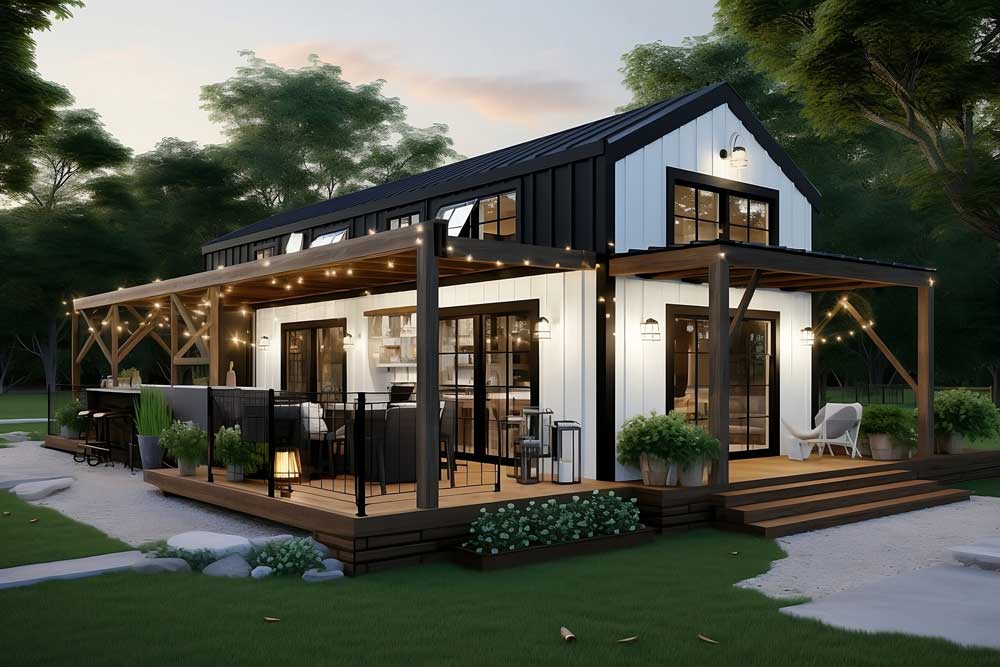
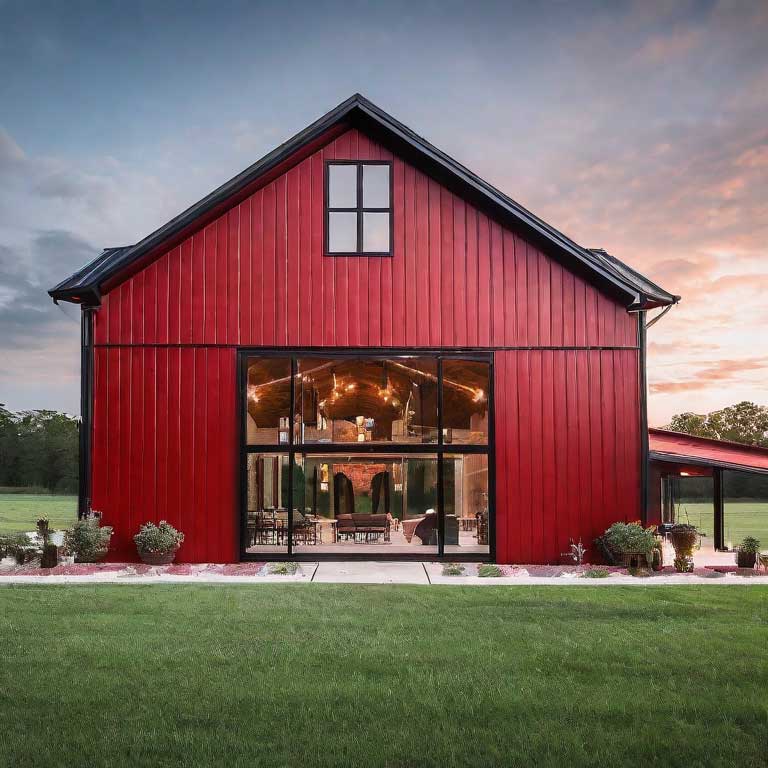
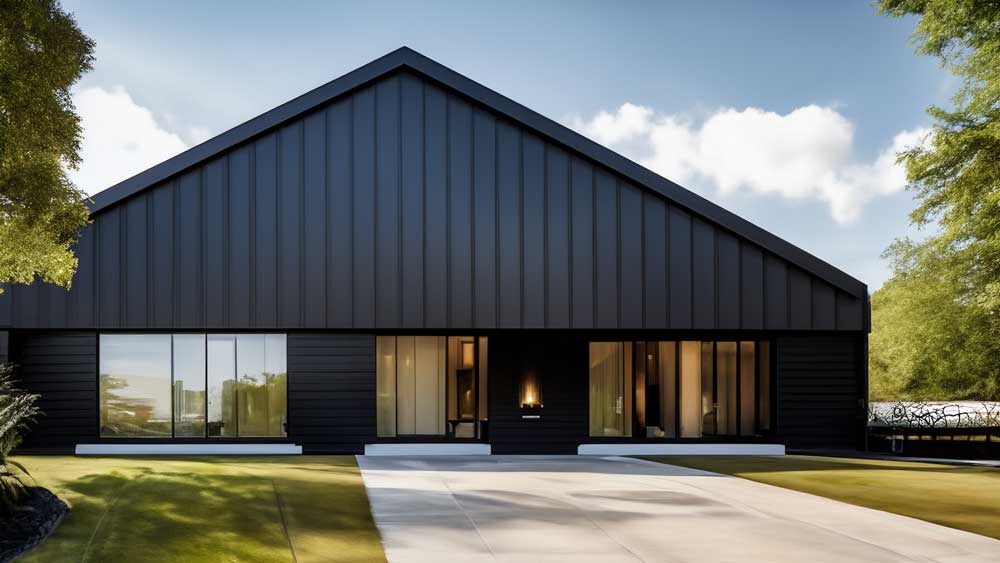
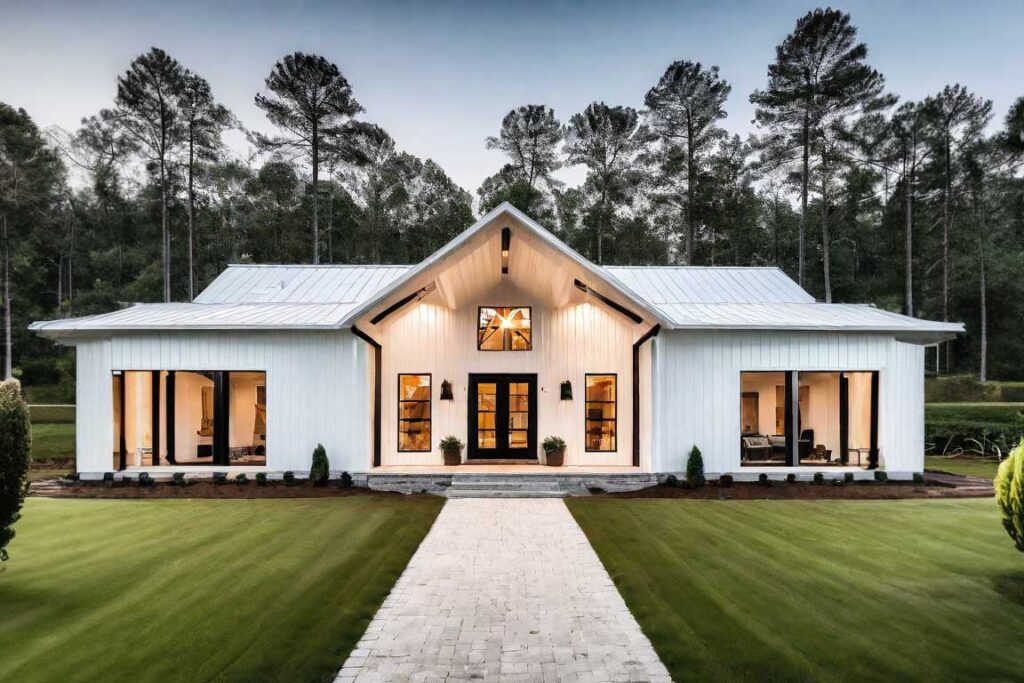

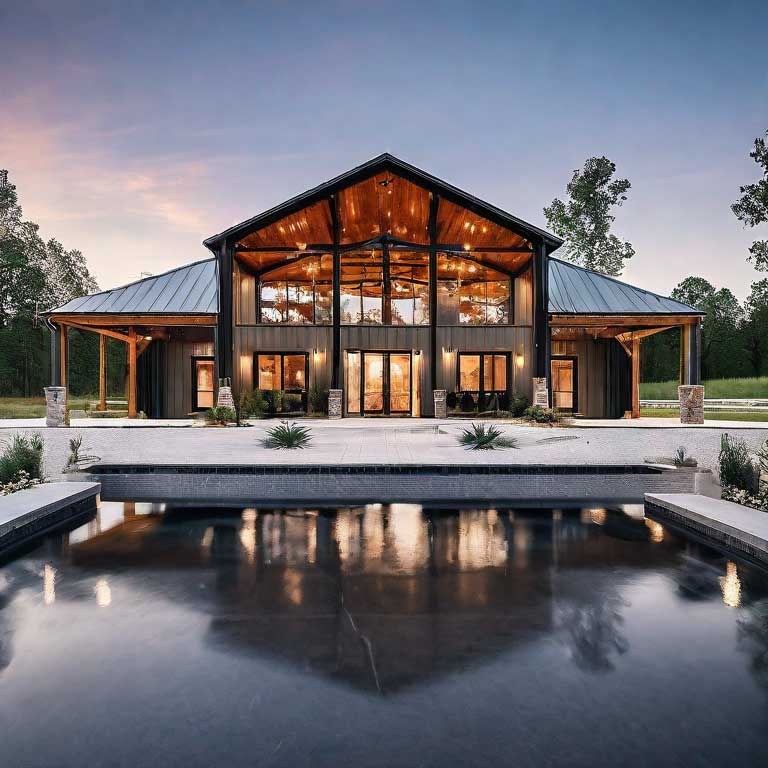
barndominium guide metal building pole barns steel barndominium steel building steel pole barns tube steel tube steel buildings